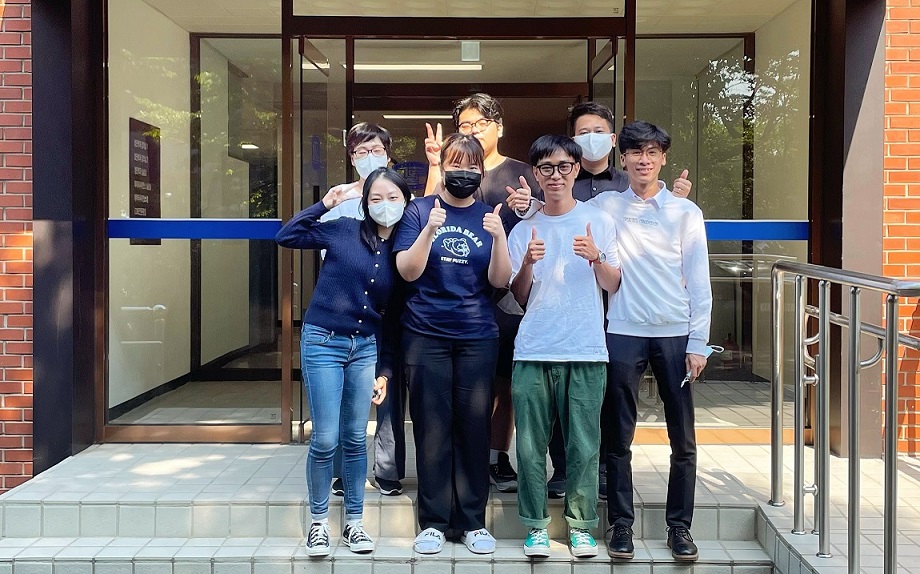Two NS-CUK papers presented at AAAI'24 and XAI4Sci@AAAI'24
Members of the Network Science Lab at the Catholic University of Korea presented two papers on structure-preserving graph transformers and explainable graph neural networks at the 38th AAAI Conference on Artificial Intelligence (AAAI 2024).

